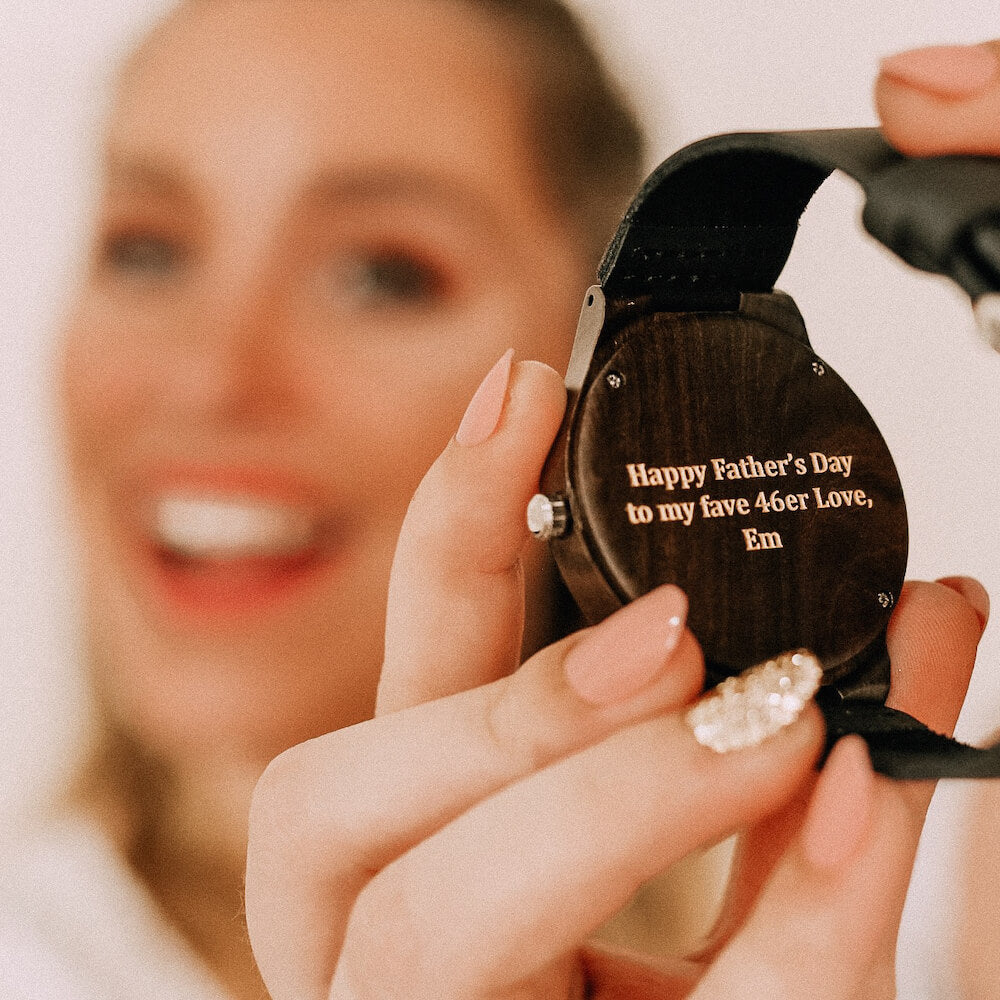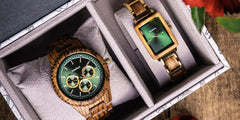Every man should possess three essentials: a well-tailored suit, a timeless watch, and a stylish pair of sunglasses. For the latter, your choice should go beyond just what they look like. Whether you invest in designer sunglasses or pick up thick, inexpensive frames from the drugstore, you should first consider a number of factors. These include your face shape, personal style, type of lens, and where you intend to wear them. To help you decide between the dizzying range of options available, Treehut has compiled a helpful guide on how to choose sunglasses for men.
Choose Sunglasses According to Your Face Shape
The general rule is that your sunglasses should have the opposite shape of your face shape, as you do not want a pair that keeps pinching your nose or slipping off. The design does not matter if it is not complementing your face. However, you should still remember that not everyone falls into a single category due to their unique face shape.
- Round Faces: Characteristics of round faces typically include a small forehead, wide cheekbones, and a slightly curved jawline. Hence, the right pair of sunglasses will give a lengthening effect to the face, like rectangle or square sunglasses. Oversized angular or geometric sunglasses can also add balance to the soft features.
- Square Faces: Square faces are all about equal lengths: the width and length of your head are almost identical, and you have defined cheekbones and a strong jawline. Round sunglasses are the most suitable for this face shape, as they will soften your overall facial proportions.
- Oval Faces: You have an oval face shape if it is longer in length than the width of the cheekbones, plus your forehead is wider compared to your jaw. Practically any pair of sunglasses can highlight these well-balanced features. Just avoid any shades that can make your face look even longer.
- Triangle Faces: Also known as a pear shape, this features a generally narrow forehead and wide jawline. You can opt for round sunglasses to contrast with your face shape and accentuate the width of your forehead.
- Heart-Shaped Faces: If you have a wide forehead and pointy chin, you are likely to have a heart-shaped face. Thus, your sunglasses should balance out the width of the top of your face. Cat-eye, rectangle, square, and geometric-shaped sunglasses in particular can be especially flattering on you.
- Diamond-Shaped Faces: There is a lot to play with when it comes to the sharp angles of diamond-shaped faces. The length and width are pretty much the same, with the cheekbones and jaw being well-defined. You can choose round, square, or geometric-shaped glasses to balance your features and make your cheekbones look more pronounced.
Lens Treatments

There are different kinds of lens treatments available to enhance the functionality and protection of men’s sunglasses. Each offers unique benefits, catering to varying needs and preferences.
- Ultraviolet Treatment: Remember that dark lenses do not automatically guarantee UV protection. So always look for UV-resistant lenses to avoid premature aging and eye-related problems.
- Mirror or Flash Coating: Mirrored sunglasses reduce glare by reflecting most of the light on the lens surface. These are generally designed for those with high sensitivity to bright light.
- Blue-Light Lenses: These are designed to filter or block the blue light emitted from digital devices, which can cause eye fatigue or sleep disruption.
- Polarized Lenses: These protect from the glare caused by reflective light, thus enhancing color, clarity, and depth perception. Such sunglasses for men, like Treehut’s Bali 65 Black, are especially suitable for water and snow sports, cycling, and driving.
- Gradient Lenses: The gradient treatment goes from a darker to lighter tint, from the top down. Since they block high sunlight and allow light to pass through the bottom half, they offer a comfortable vision in different lighting conditions and over a range of distances. Therefore, they are usually recommended for driving.
- Photochromic Treatment: These lenses change based on light intensities; they get dark on bright days and light in dim conditions.
- Anti-Reflective Coating: This coating decreases the glare from both the front and back surfaces of the lenses. By improving contrast and allowing more light to pass through, it reduces eye strain and optimizes vision in different lighting conditions.
Lens Colors
While most men would just pick a lens color based on their personal preferences, there is actually a lot more to it than just that. For instance, the different shades can actually affect the way sunlight filters through them. You can take a look at the different lens colors below, to see which are a good fit for you.
- Gray/Black: The darkest tints available, gray or black lenses are color-neutral so they allow a barely-altered view of the outside. They also provide crisp contrast and reduce glare effectively.
- Yellow/Orange: These have a more specific function of increasing contrast in hazy, foggy, and low-light conditions (which also makes them suitable for indoor use). However, they are not recommended in the case of bright lights.
- Brown/Amber: These warm tints offer brighter vision on overcast days, thus increasing depth perception and contrast. They can also filter blue light.
- Green: Green lenses can transmit all colors equally, enhancing visual sharpness and contrast. Some shades of green tints can also block blue light.
- Rose/Red: These tints can filter blue light, so they are more comfortable for extended use. They also intensify color contrast in compromised lighting.
- Blue/Purple: Since blue and purple lenses can filter out the infrared spectrum of light, they are ideal for those who suffer from conditions like eye fatigue and dryness.
Choose Sunglasses According to Your Skin Tone

The wrong-colored shades may contrast with your skin tone. Therefore, it is important to determine your undertone (by checking the veins in your wrist) before purchasing a pair. However, if you are still not sure what it is, you can wear neutral-colored sunglasses.
- Warm Skin Tones: If your veins appear green, you are likely to have a warmer undertone. This means you will look best in earthy color palettes, like brown, green, rust, gold, or black.
- Cool Skin Tones: If you have cool undertones, your veins will look blue or purple. Therefore, purple, blue, or silver men’s sunglasses will suit you more.
More Tips on How to Choose Sunglasses
- A higher price tag does not necessarily mean better quality. Shop for the best that you can afford, as long as they provide 100% UV protection, comfort, and style. In addition, clean and store them properly so they can last you for long.
- Look for durable sunglasses that are easy to maintain. Wooden sunglasses, like Heritage Walnut Carbon RX, are one such option.
- Consider your lifestyle before purchasing sunglasses. For example, if you frequently engage in outdoor activities, you should buy a sturdy pair with impact-resistant, polarized lenses. On the other hand, if you just need sunnies for the beach, you can get a water-resistant, polarized pair.
- Similarly, your wardrobe can also help you choose sunglasses that would match your overall look or style.
- Sunglasses are all about confidence — just choose whichever makes you feel your best.



























